The weird world of giant batteries
How do you store enough energy to power America? Read on.
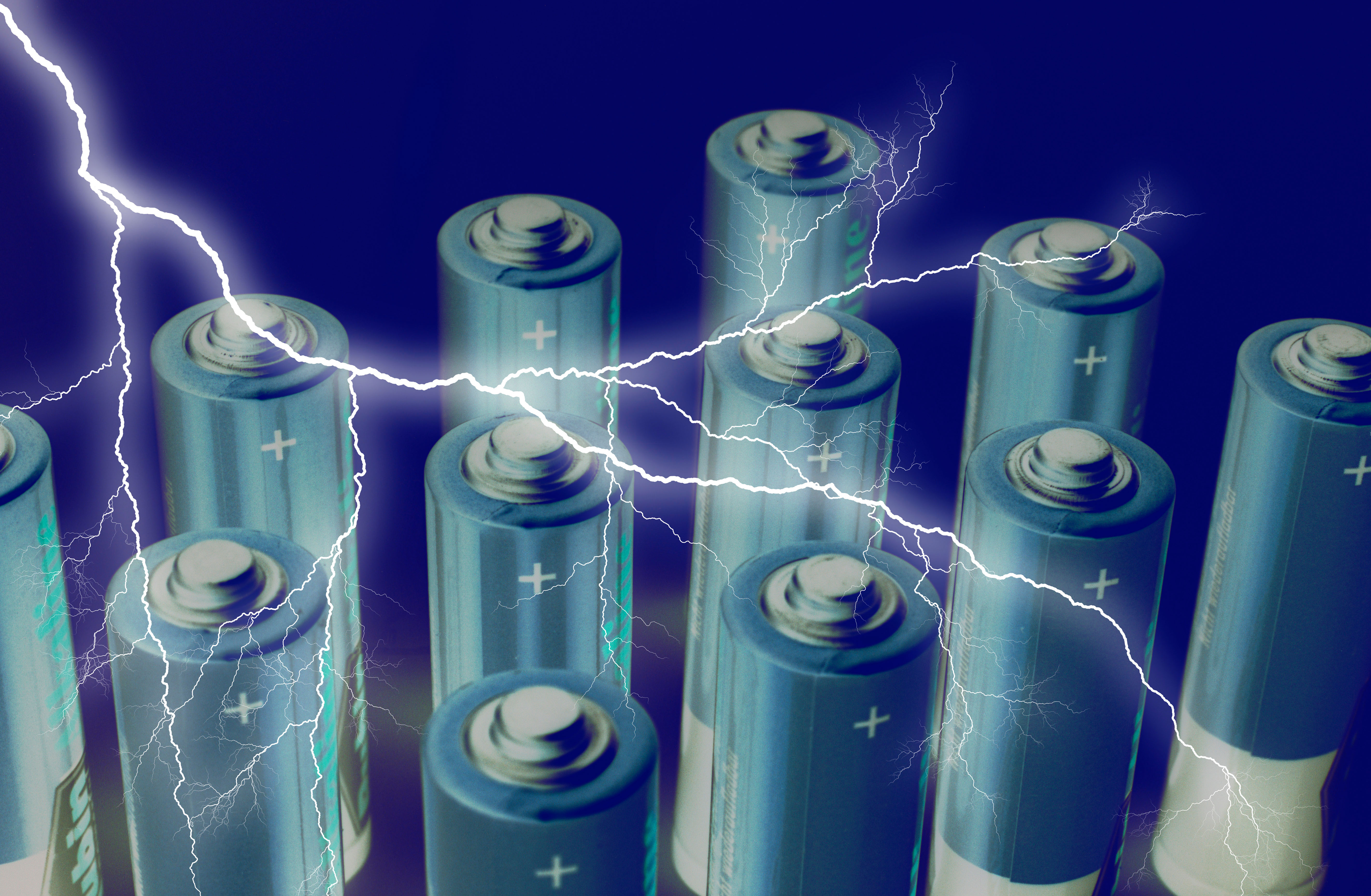

Come 2021, if all goes as planned, Los Angeles will have the biggest battery in the world.
It will be made up of 18,000 lithium-ion battery packs — each roughly the size of what you'd find in the Nissan Leaf — with a total capacity of 100 megawatts (MW). That's enough to power roughly 600,000 homes. This so-called Alamitos battery, being built by AES Energy Storage, is, in many ways, the future.
Many of the ways we generate power today, like coal and nuclear, can't be switched on or off easily. Simply based on how they work, it takes awhile to get the necessary heat going to generate the steam and run the turbines. So we produce too much power at night and not enough during peak-usage times in the afternoon. Plus, power is hard to store in massive quantities — we use it as we make it — so we rely on specially designed "peaker" plants, usually run off natural gas, to fill in the gaps.
The Week
Escape your echo chamber. Get the facts behind the news, plus analysis from multiple perspectives.

Sign up for The Week's Free Newsletters
From our morning news briefing to a weekly Good News Newsletter, get the best of The Week delivered directly to your inbox.
From our morning news briefing to a weekly Good News Newsletter, get the best of The Week delivered directly to your inbox.
Gigantic batteries could solve this problem. They'd charge up when electricity is cheap and demand is low, then release extra power when demand is high. That would smooth everything out: Electricity prices would be less erratic, we'd use electricity more efficiently, and we'd burn less fossil fuels.
Green power sources like wind and solar can also be intermittent and unpredictable: You don't know when the wind will blow or clouds will roll in, and of course there's day and night to contend with. So if we're going to use green power on a society-wide basis, energy storage will have to be society-wide too.
A battery is really just a chemical device for storing ions in one place when they want to go to another place. Whether a battery is lithium-ion or lead-acid or nickel-metal denotes what sort of chemical materials are used, but the process is the same. At Alamitos, when all those lithium-ion battery packs discharge, the ions will flow from where they're stored to where they want to go, which will generate electric current. Then, when those battery packs are charging up on cheap electricity, that will shove the ions back to where they were stored, ready to be discharged again.
But you don't technically have to have fancy chemical setups to do this. The same basic energy storage principles can be applied in far more blunt mechanical ways. (These technically aren't considered batteries, but the ideas behind them are similar.)
A free daily email with the biggest news stories of the day – and the best features from TheWeek.com
Instead of a chemical battery, for instance, you could use your periods of cheap excess electricity to pump compressed air underground. Then, when demand is high and you need more electricity than you're generating, you could release the air to drive turbines, creating energy. That's what a power plant built in Huntorf, Germany, in 1978 does — producing something between 290 and 321 MW.
You can also use giant mirror arrays to concentrate sunlight on a material — usually a form of salt — and heat it to over 1,000 degrees Fahrenheit. Then you use the molten salt to generate steam and drive a turbine. The salt obviously doesn't stay hot forever, but it lasts the night until the sun comes up again to reheat it. The result is a solar-powered facility that can generate electricity 24/7.
The 280 MW Solana solar farm near Phoenix works this way. So does the 360 MW Pedro de Valdivia facility in Chile.
You can also use flywheels — massive disks housed in near-frictionless environments, which are spun up in periods of cheap electricity. Their momentum is then used to generate extra electricity during peak demand.
Now, a lot of these systems are actually storage-and-power-plant combos. Solana, for instance, is basically a solar power plant that uses a storage system to smooth out its operation. Many of the compressed air systems are connected to natural gas plants, and the compressed air is used to spin the turbines when the natural-gas-heated steam isn't being used. Or both are used at once.
Then there's the Bath County Hydro Pumped Storage facility on the border of Virginia and West Virginia. It's literally just two giant water reservoirs, one at a higher elevation than the other. When energy demand is low, cheap electricity is used to pump water up to the higher elevation. When demand goes up in peak hours, the water is released to flow back down to the lower reservoir, driving a set of turbines as it goes. The result is a whopping 3 gigawatt facility that has been helping supply the power needs of 60 million people in 13 states for 30 years.
In the future, if we want to use the electricity we produce more efficiently, we're going to need more energy storage. If we're going to switch the world to renewables like wind and solar, we're going to need a lot more.
But it won't just be fancy chemical devices. The world of batteries is far bigger and weirder and more creative than that. And it will require batteries in all their forms to build that better, greener world.
Jeff Spross was the economics and business correspondent at TheWeek.com. He was previously a reporter at ThinkProgress.
-
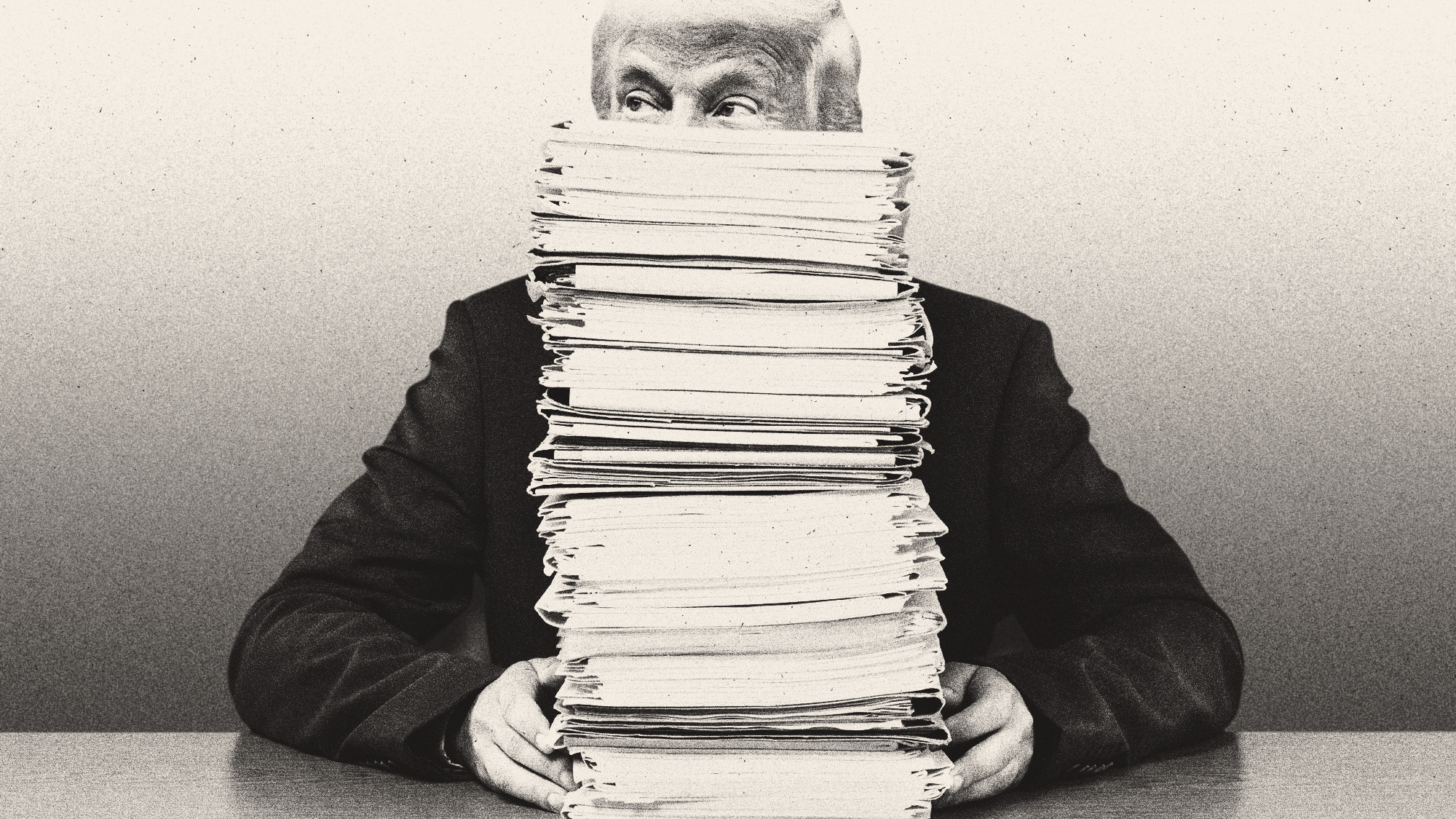 How are these Epstein files so damaging to Trump?
How are these Epstein files so damaging to Trump?TODAY'S BIG QUESTION As Republicans and Democrats release dueling tranches of Epstein-related documents, the White House finds itself caught in a mess partially of its own making
-
 Margaret Atwood’s memoir, intergenerational trauma and the fight to make spousal rape a crime: Welcome to November books
Margaret Atwood’s memoir, intergenerational trauma and the fight to make spousal rape a crime: Welcome to November booksThe Week Recommends This month's new releases include ‘Book of Lives: A Memoir of Sorts’ by Margaret Atwood, ‘Cursed Daughters’ by Oyinkan Braithwaite and 'Without Consent' by Sarah Weinman
-
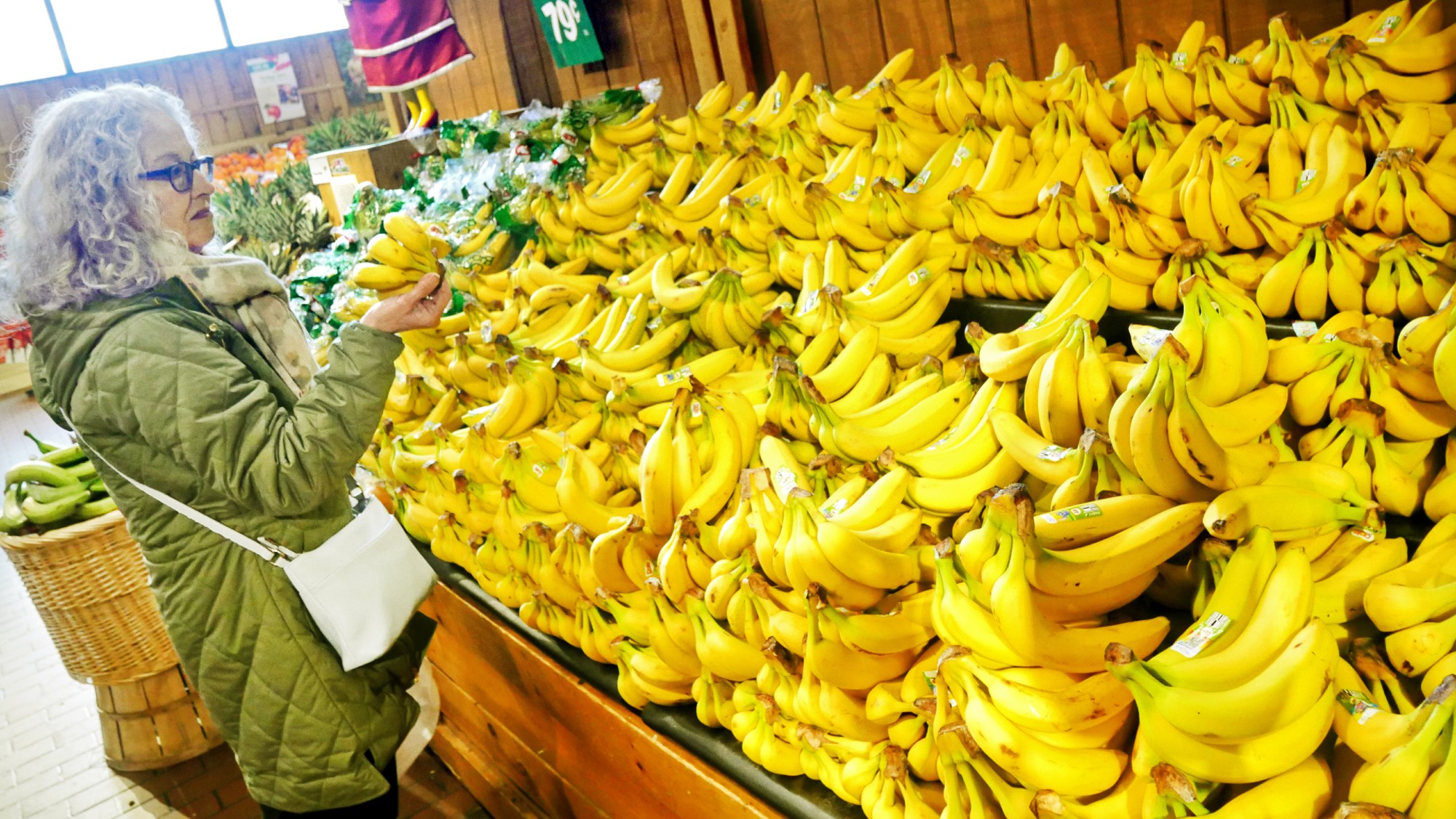 ‘Tariffs are making daily life less affordable now’
‘Tariffs are making daily life less affordable now’Instant Opinion Opinion, comment and editorials of the day
-
 Are zoos ethical?
Are zoos ethical?The Explainer Examining the pros and cons of supporting these controversial institutions
-
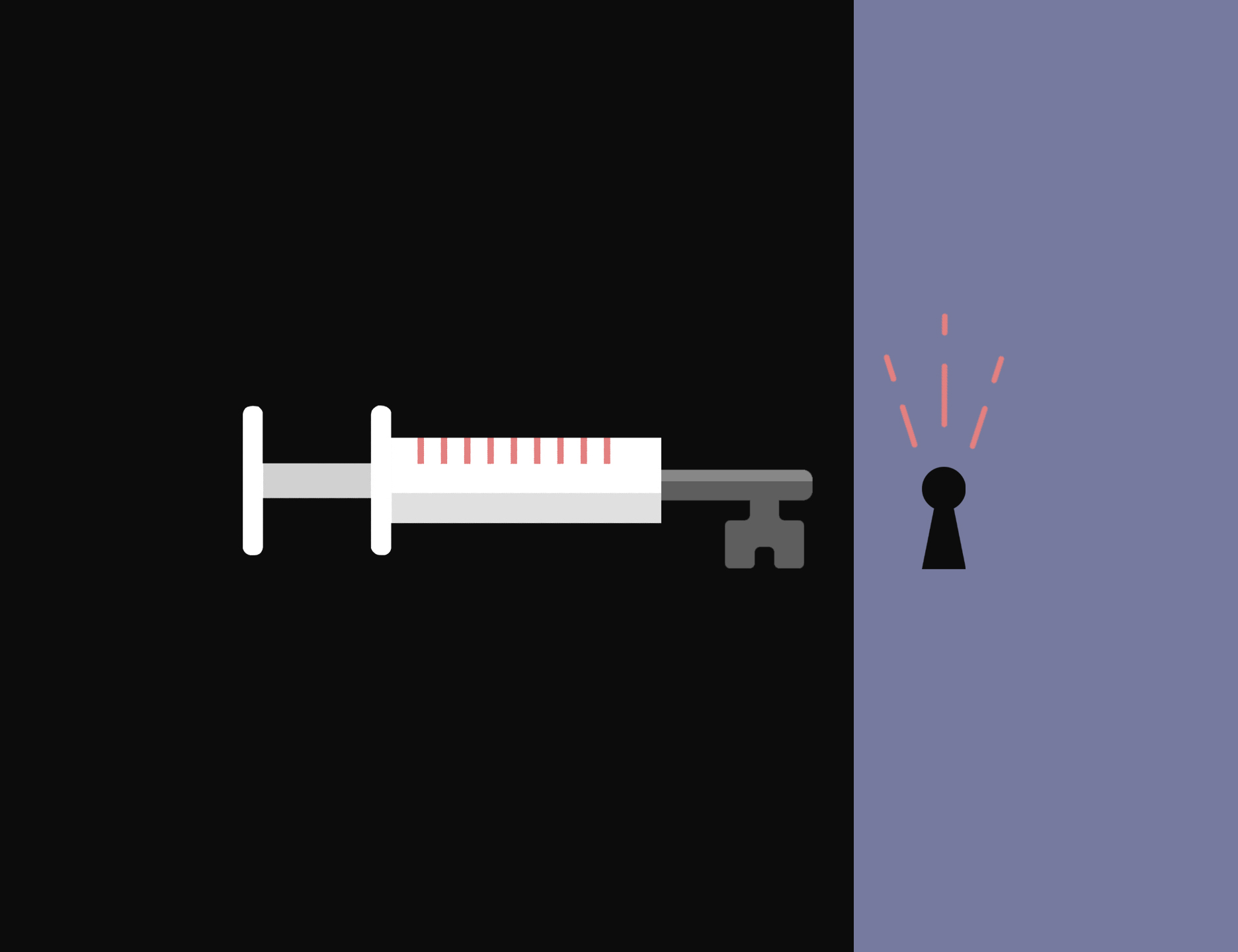 Will COVID-19 wind up saving lives?
Will COVID-19 wind up saving lives?The Explainer By spurring vaccine development, the pandemic is one crisis that hasn’t gone to waste
-
 Coronavirus vaccine guide: Everything you need to know so far
Coronavirus vaccine guide: Everything you need to know so farThe Explainer Effectiveness, doses, variants, and methods — explained
-
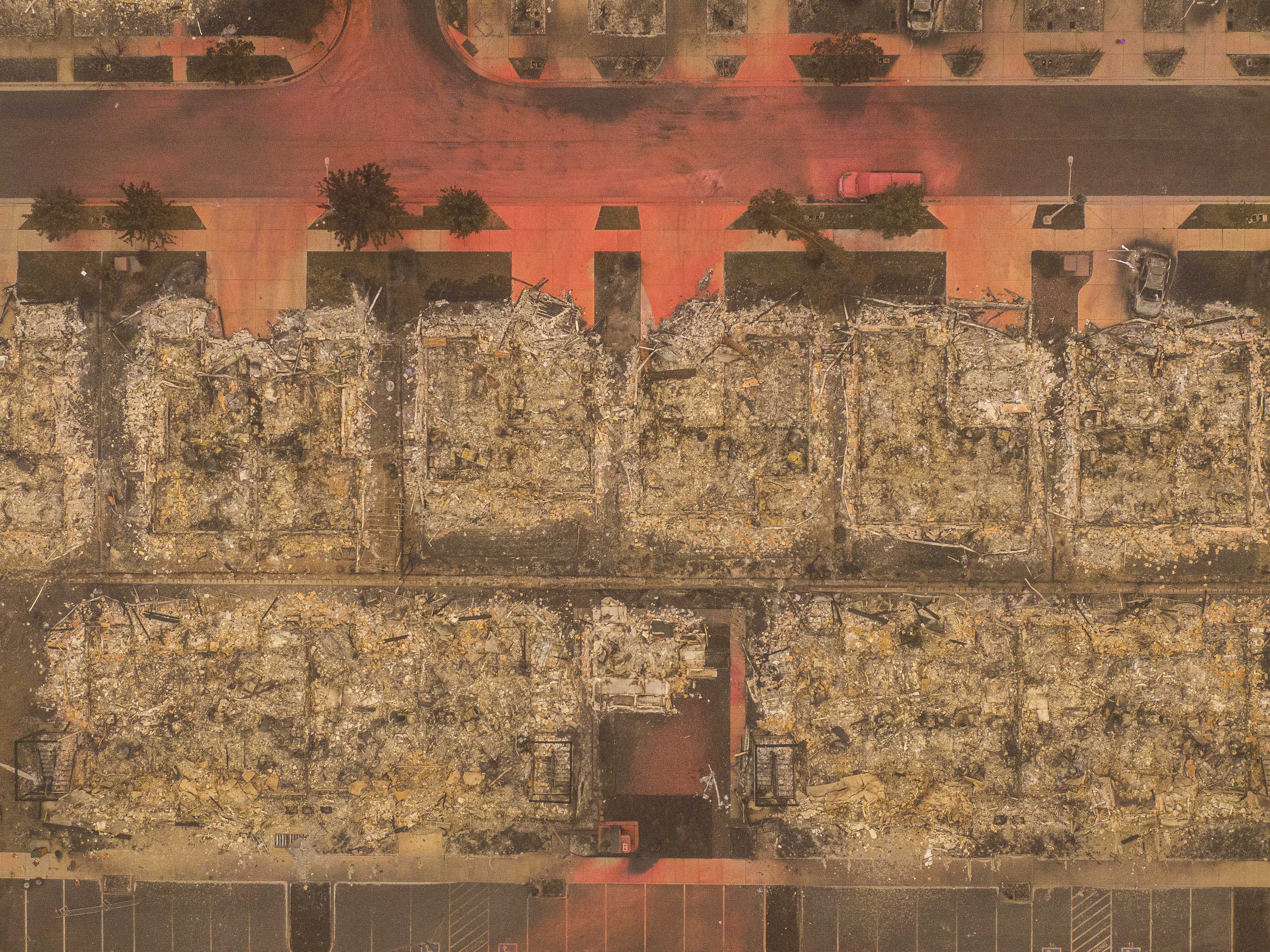 The climate refugees are here. They're Americans.
The climate refugees are here. They're Americans.The Explainer Wildfires are forcing people from their homes in droves. Where will they go now?
-
 Coronavirus' looming psychological crisis
Coronavirus' looming psychological crisisThe Explainer On the coming epidemic of despair
-
 The growing crisis in cosmology
The growing crisis in cosmologyThe Explainer Unexplained discrepancies are appearing in measurements of how rapidly the universe is expanding
-
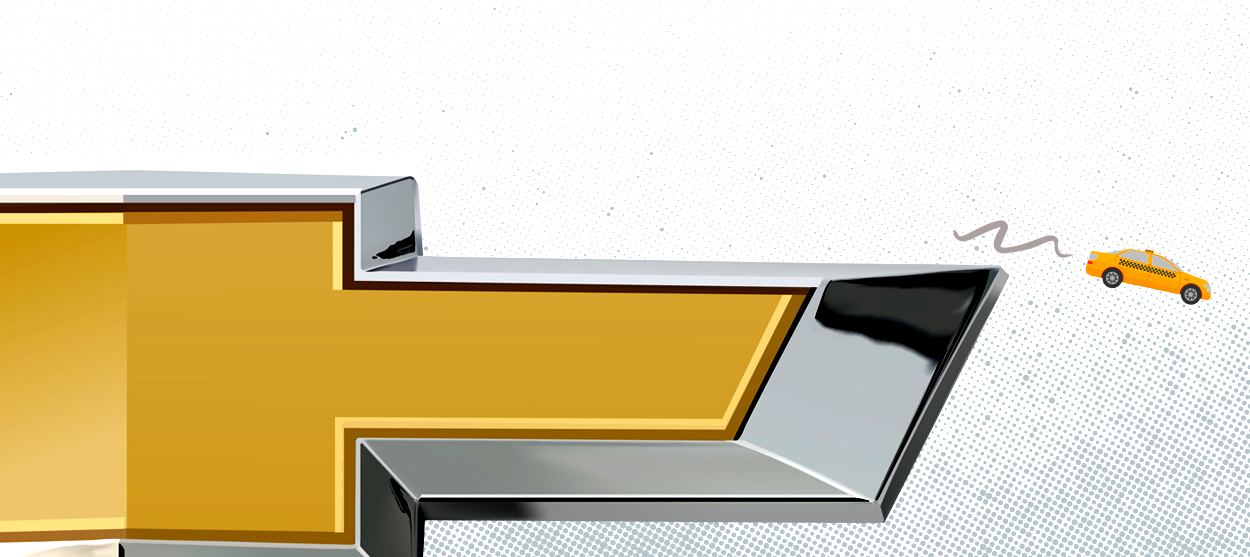 What if the car of the future isn't a car at all?
What if the car of the future isn't a car at all?The Explainer The many problems with GM's Cruise autonomous vehicle announcement
-
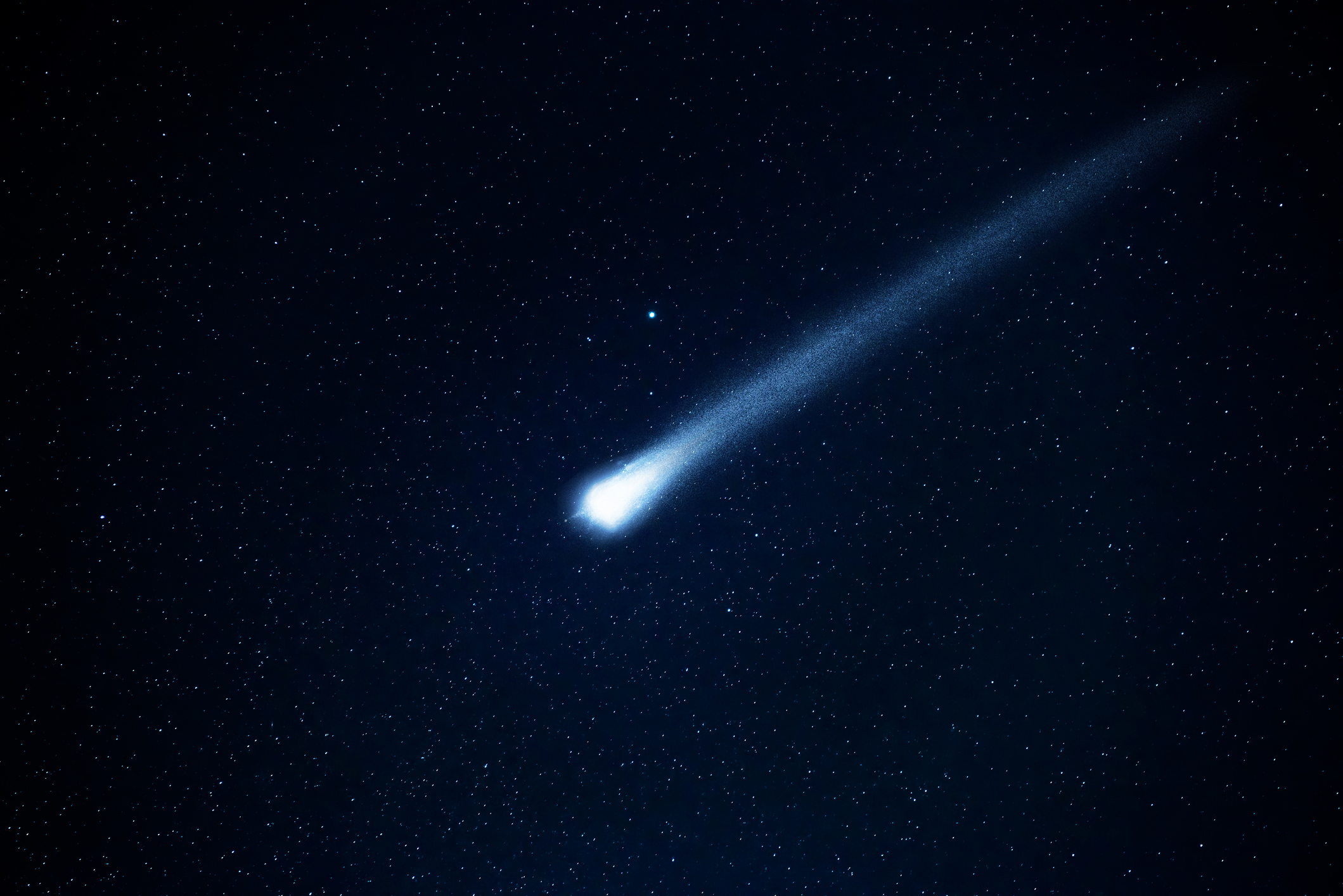 The threat of killer asteroids
The threat of killer asteroidsThe Explainer Everything you need to know about asteroids hitting Earth and wiping out humanity
